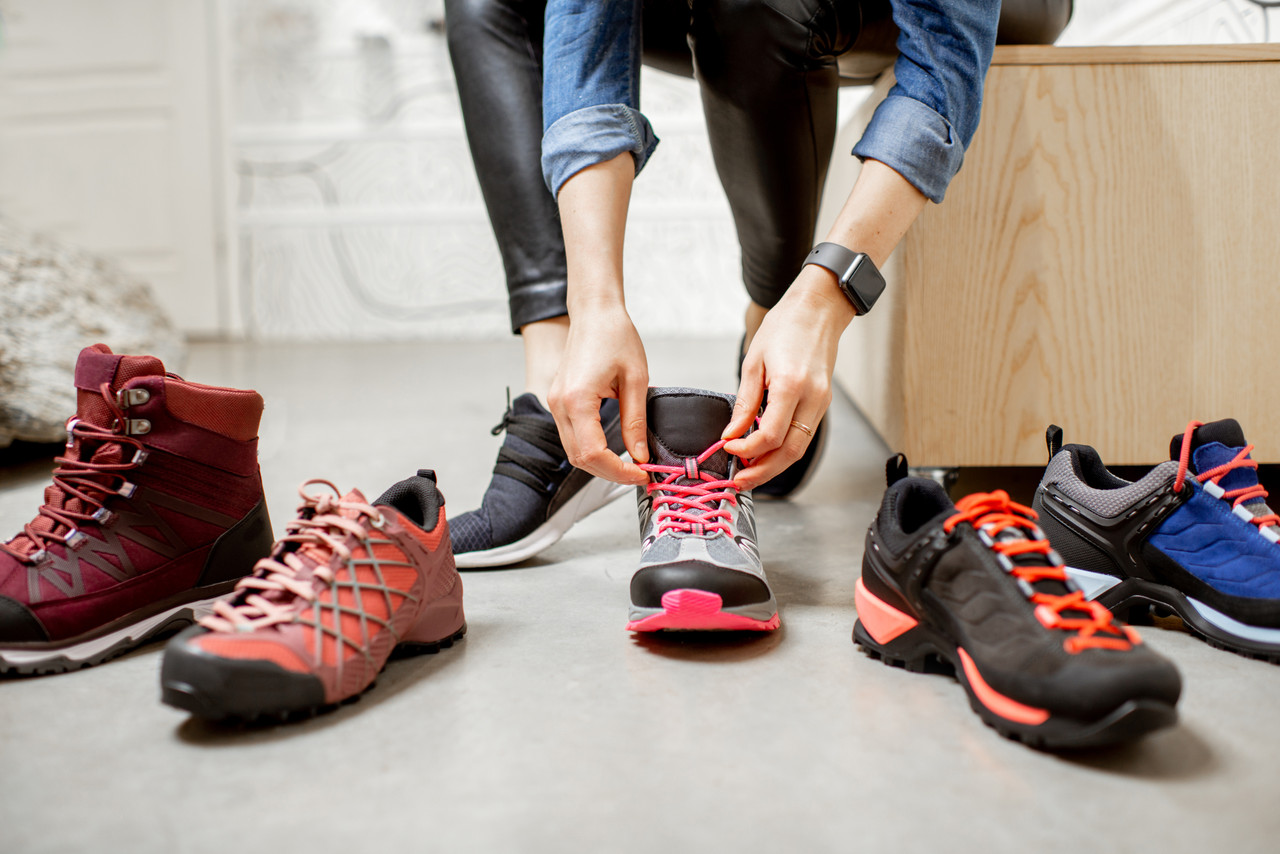FACT OR MYTH - Are The Type Of Shoes Important When Wearing Custom Orthotics?
Posted by Orthotics Direct on 2022 Mar 3rd
You wouldn’t put anything but Pirelli tires on a Lamborghini, so why compromise the performance of your custom orthotics with poor quality shoes?
Tires on your car are arguably a vital component of your car’s wellbeing, just as custom orthotics can have many benefits for your health!
Getting a pair of custom made orthotics is a great start for working on your alignment and alleviating any pain. But, just a pair of orthotics aren’t enough, no, no! To receive the full benefit of wearing orthotics, your orthotics need to fit properly in your footwear. Pretty straightforward, right!
Custom Orthotic and Footwear Combo
When looking for orthotic friendly footwear, there are a few things you should look for. You want them to have a removable insole, be deep, wide, and supportive, have a slight heel, and they should support your entire foot. The orthotics are only as good as the footwear you wear them in.
Your orthotics have been made to accommodate your foot health needs by providing support and realignment to your feet, knees, ankles, and/or back. It is important to remember that it can take 1-2 weeks to become fully accustomed to wearing your new devices.
We always recommend you break in your orthotics gradually, initially wearing them for 1-2 hours and increasing by the same time each day.
While the orthotic is very important, the footwear you wear plays a huge role in the functionality of any orthotics. If the shoe itself is not stable or supportive, it makes it difficult for the orthotic to do its job because it must now stabilize itself, as well as the rest of your body.
What To Look For In Orthotic Friendly Footwear
There are a few main characteristics to look for when you are selecting footwear. First, you want to look for torsional stability. When you are holding a shoe with the heel in one hand and the toe in the other, you shouldn’t be able to ring the shoe out like a rag. The second important feature is the stability of the sole. The shoe should only bend at the toe. If your shoe can bend in half, then it is too flexible and not the best option for orthotics. Finally, you want to ensure your shoe has good heel cup stability. You shouldn’t be able to push down or squeeze the heel counter of the shoe.
After the basics, here are a four more important features to keep in mind when selecting footwear:
- Make sure there is a wide enough toe box to accommodate the ball of your foot. Pointy toed shoes force your toes into an unnatural position which can lead to bunions and/or achy feet.
- You want to ensure that there is one thumb width between the end of your toes and the shoe. When you are walking, your foot splays approximately 1cm in all directions.
- The heel height of your footwear makes a difference in comfort levels while walking. A higher heel will increase the pressure on your ankles and balls of your feet, which can lead to injuries, calluses, and bunions over time.
- As always, the ideal footwear is orthotic friendly - meaning the insole is removable. Your feet swell during the day and there needs to be enough room for this to occur without causing you pain or discomfort. Putting an orthotic on top of an insole will create a very tight squeeze.
One Size Does Not Always Fit All
In most situations, custom orthotics can be transferred between your shoes. It often works best when switching between similar types of shoes, such as a running shoe to a hiking boot, but may fit differently in dress shoes. Each brand and style of shoe is made slightly different. It’s like trying to buy women’s jeans - the size you buy at one store, probably won’t be the size you buy at the other store.
When switching your orthotics from shoe to shoe, it is important to carefully check how your orthotic fits. You want to ensure that your orthotic lies flat on the base of your shoe. If it tilts up either side of your shoe, or there is a space between the side of your shoe and the orthotic, then the orthotic does NOT FIT properly. Wearing a non-compatible pairing will not provide you with the support you require, and could damage your shoes.
When ordering custom orthotics, the footwear you intend on wearing them in is a crucial part of the manufacturing process. The way your foot operates and conforms inside one shoe, may be different from how it conforms in another, or even barefoot. Your foam impressions capture the contours and arch profile of your foot, however, it may also capture the splay. We have seen customers whose impressions measure to a wide width, but they wear narrow footwear. The most important details are the size and width of footwear you wear, if you are able to provide the brand and style - even better!

